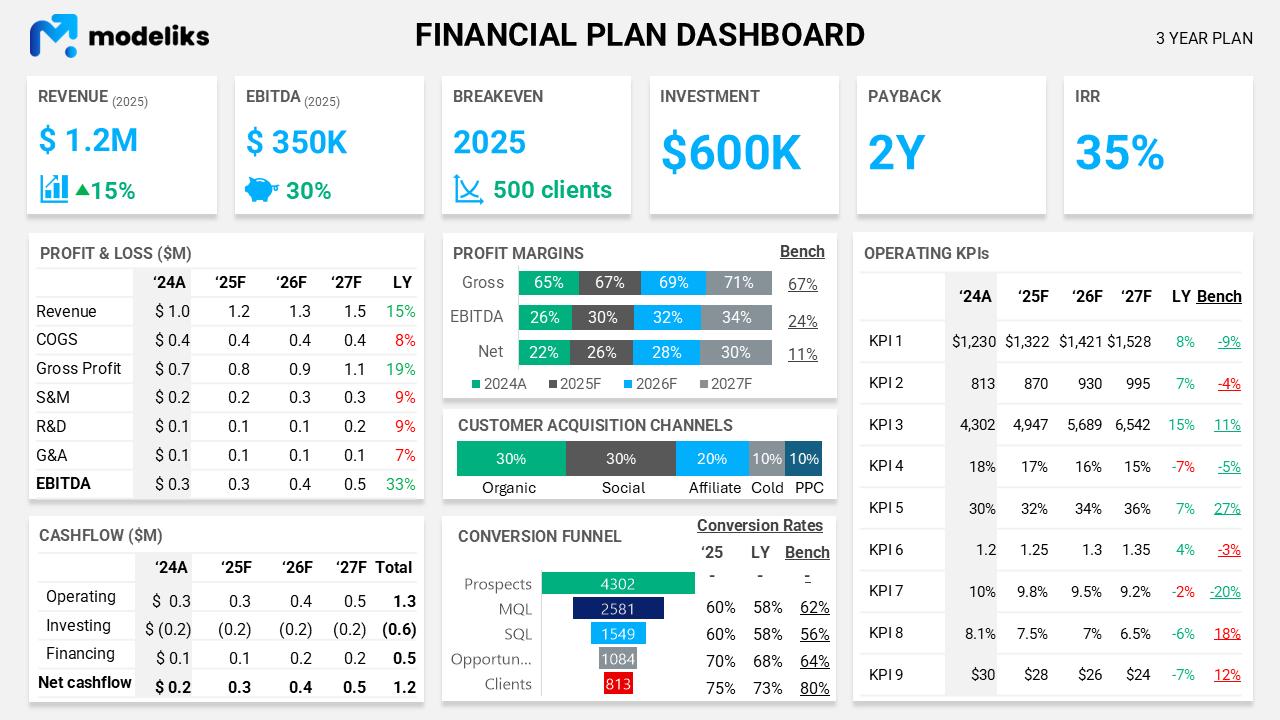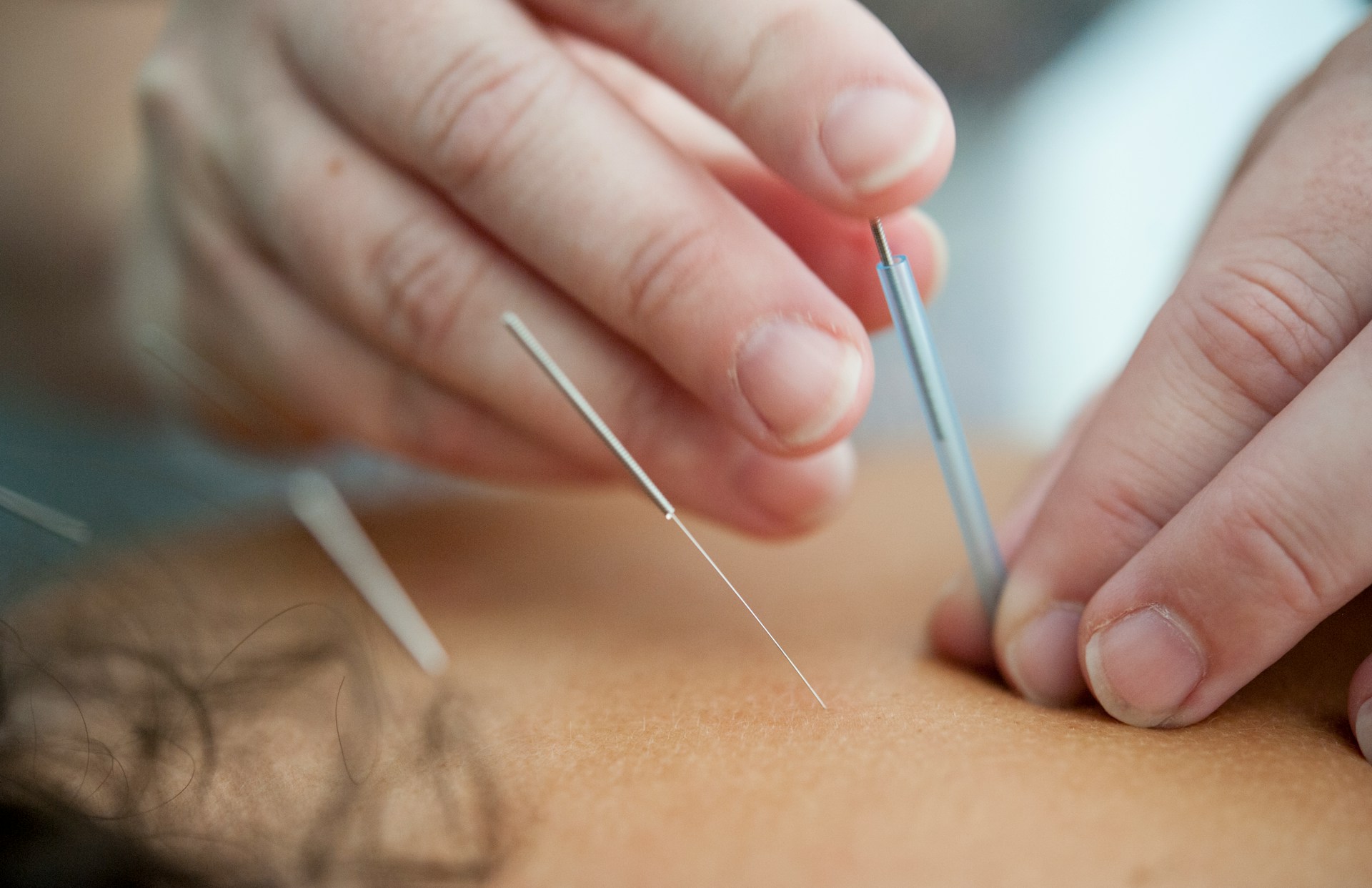Our Acupuncture and Traditional Medicine Financial Model Structure covers all the essential aspects you need to consider when starting or scaling a Acupuncture and Traditional Medicine business. By following this structure, you can better understand your revenue streams, costs, and assets, helping you optimize profitability and strategically plan for growth.
Financial planning for an Acupuncture and Traditional Medicine business is crucial for ensuring its success and sustainability. By developing a detailed Acupuncture and Traditional Medicine financial model , business owners can gain insights into typical revenues, direct costs, employee requirements, expenses, and assets needed to start or expand their operations. This approach can also reveal new and profitable revenue streams, helping practitioners thrive in a competitive market.
The Acupuncture and Traditional Medicine Financial Model Structure
Understanding the financial model structure of an Acupuncture and Traditional Medicine business involves delving into several key components. However, this task is complex and requires careful consideration of various factors. Although it may seem daunting, it is essential because a solid foundation can lead to long-term viability.
Revenues
- Consultation Fees: Revenue derived from initial and follow-up consultations. This is calculated by multiplying the number of consultations by the consultation fee rate.
- Treatment Sessions: Includes revenue from acupuncture and other treatment sessions. Calculate by multiplying the number of sessions by the treatment fee per session.
- Herbal Medicine Sales: Revenue from selling traditional medicine products can be calculated this way: take the number of products sold multiplied by the price per product.
- Workshop and Seminar Fees: Income generated from educational events. Revenue is the number of participants times the fee per participant.
- Online Courses: Earnings from virtual classes. Calculate by multiplying the number of enrollments by the course fee.
- Membership Programs: Revenue from subscription-based wellness programs. Calculate by the number of members times the membership fee.
- Specialty Treatments: Unique services offered that could attract premium pricing. Multiply the number of special treatments by the treatment price. However, because of the varied nature of these revenue sources, the calculations can become complex. Although the formulas seem straightforward, the underlying variables often complicate the analysis significantly.
Cost of Goods Sold
To calculate the cost of goods sold for these revenue streams, consider the following:
- Treatment Supplies: Cost of acupuncture needles, moxibustion materials, and other session supplies.
- Herbal Products: Wholesale cost and shipping for traditional medicine.
- Course Materials: Costs for materials and resources used in workshops or online courses; however, this may vary because different factors can influence the total expenses. Although the components seem straightforward, they require detailed attention to ensure accuracy.
Employees
- Licensed Acupuncturists: Conduct treatments and maintain patient health records.
- Receptionists: Manage appointments and handle client inquiries.
- Herbalists: Prepare and advise on traditional medicine products.
- Marketing Specialists: Develop and execute marketing strategies.
- Administrative Assistants: Perform general administrative duties and support.
Operating Expenses
- Rent: Lease payments for clinic space.
- Utilities: Costs for electricity, water, and internet services;
- Salaries: Compensation for all employees.
- Insurance: Business and liability insurance premiums can be quite substantial; however, they are essential.
- Marketing: Budget for advertising and promotions to enhance visibility.
- Office Supplies: Costs for daily operational supplies, which can add up quickly.
- Equipment Maintenance: Upkeep of clinical and office equipment is crucial because it ensures the necessary functioning.
- Professional Development: Training and education for staff, fostering growth.
- Licensing and Certification: Fees for maintaining practitioner credentials, although they can be a financial burden.
- Accounting and Legal Services: Fees for financial and legal assistance, which are often unavoidable.
However, these charges can vary significantly. This can be attributed to several factors, including location and consumption patterns. Although many consumers expect stable pricing, fluctuations may occur. Because of this, it is essential to monitor one’s usage regularly.
Assets
- Treatment Tables: Essential for conducting acupuncture sessions.
- Diagnostic Equipment: Devices used for patient evaluations.
- Computer Systems: For managing appointments and client records to streamline operations.
- Office Furniture: Desks, chairs, and reception area seating must be comfortable and functional.
- Herbal Inventory: Stock of traditional medicine products can vary; however, it remains vital to the practice.
Funding Options
- Personal Savings: Using personal funds to finance the business start-up can be beneficial; however, it may not be sufficient alone.
- Bank Loans: Securing loans from financial institutions with interest repayment, which can strain cash flow.
- Investor Capital: Partnerships with investors provide funding for equity, but it often comes with expectations for returns.
- Government Grants: Available financial assistance from public sectors can be advantageous, although they may have strict eligibility criteria.
- Crowdfunding: Raising small amounts of money from a large number of people can be effective because it diversifies funding sources.
Driver-Based Financial Model for Acupuncture and Traditional Medicine
A truly professional Acupuncture and Traditional Medicine financial model is based on the operating KPIs or “drivers” relevant to this industry.
- Number of Patients: Total patients visiting the business over a period.
- Treatment Session Frequency: Average number of sessions per patient.
- Average Revenue per Session: Total income divided by the number of sessions.
- Patient Retention Rate: Percentage of returning patients.
- Client Acquisition Cost: Expense incurred to acquire a new patient.
- Herbal Products Sales Volume: Number of herbal products sold can supplement income streams.
- Patient Satisfaction Index: Measure of client satisfaction through feedback for long-term success.
- Referral Rate: Number of new clients referred by existing patients can significantly impact growth.
- Operating Expense Ratio: Expenses as a proportion of total revenue.
- Staff Utilization Rate: Efficiency of employee resource usage.
Driver-based financial planning is a process of identifying the key activities (commonly referred to as ‘drivers’) that have the highest impact on your business results; however, building your financial plans based on those activities becomes crucial. It allows you to establish relationships between the financial results and the resources you need to achieve those results (like people, marketing budgets, equipment, etc.).
If you want to know more about driver-based financial planning and why it is the right way to plan, see the founder of Modeliks explaining it in the video below.
Need a business plan?
Create one with Modeliks AI in the next hour!
AI powered business planning for Startups and SMEs.
The Financial Plan Output
The objective of financial forecast outputs should enable you, your management, board, or investors to quickly grasp how your Acupuncture and Traditional Medicine business will perform in the future. In addition, one can gain reassurance that the plan is well thought through, realistic, and achievable. It is vital to understand what investments are necessary to implement this plan, as well as what the return on investment will be. To achieve these goals, here is a one-page template detailing how to effectively present your financial plan.

However, apart from this summary of your plan, you will also need three projected financial statements.
- Profit and Loss
- Balance Sheet
- Cash Flow Statement
Acupuncture and Traditional Medicine Financial Model Summary
A professional Acupuncture and Traditional Medicine financial model will help you think through your business. It identifies resources needed to achieve targets, sets goals, measures performance, raises funding, and makes confident decisions to manage and grow your business. However, this process is complex because it requires careful planning. Although it may seem daunting, the benefits are substantial.
If you need help with your financial plan, try Modeliks , a financial planning solution for SMEs and startups or contact us at contact@modeliks.com and we can help.
Author:
Blagoja Hamamdjiev
, Founder and CEO of
Modeliks
, Entrepreneur, and business planning expert.
In the last 20 years, he helped everything from startups to multi-billion-dollar conglomerates plan, manage, fundraise, and grow.

TAKE MODELIKS FOR A SPIN
Not sure which plan?
Start with a 15 days free trial.
You will have access to the full functionality of Modeliks. The only restriction in the free trial is that you cannot download or share your business plan outside Modeliks. Credit card is not required to subscribe for the free trial.






